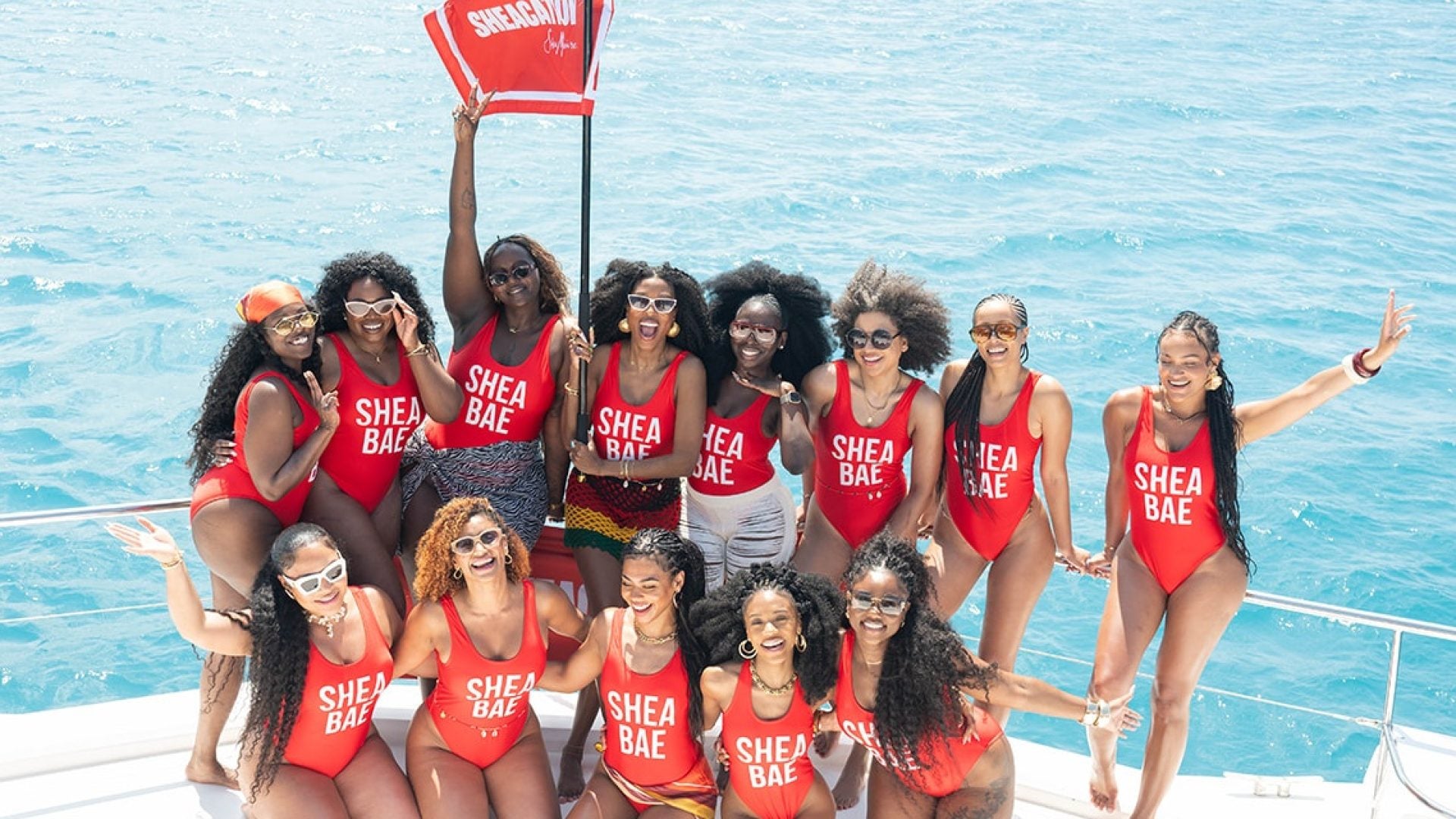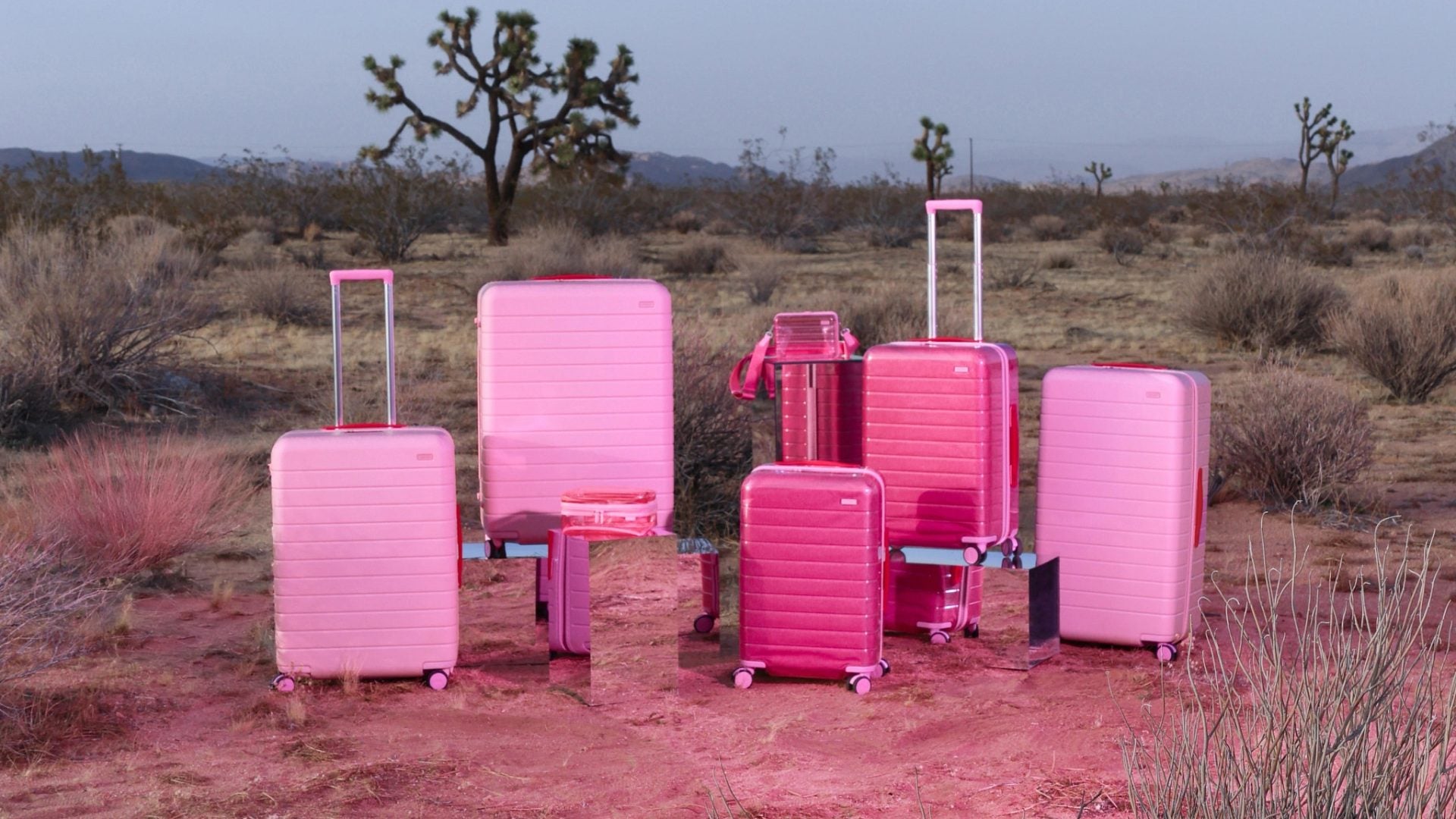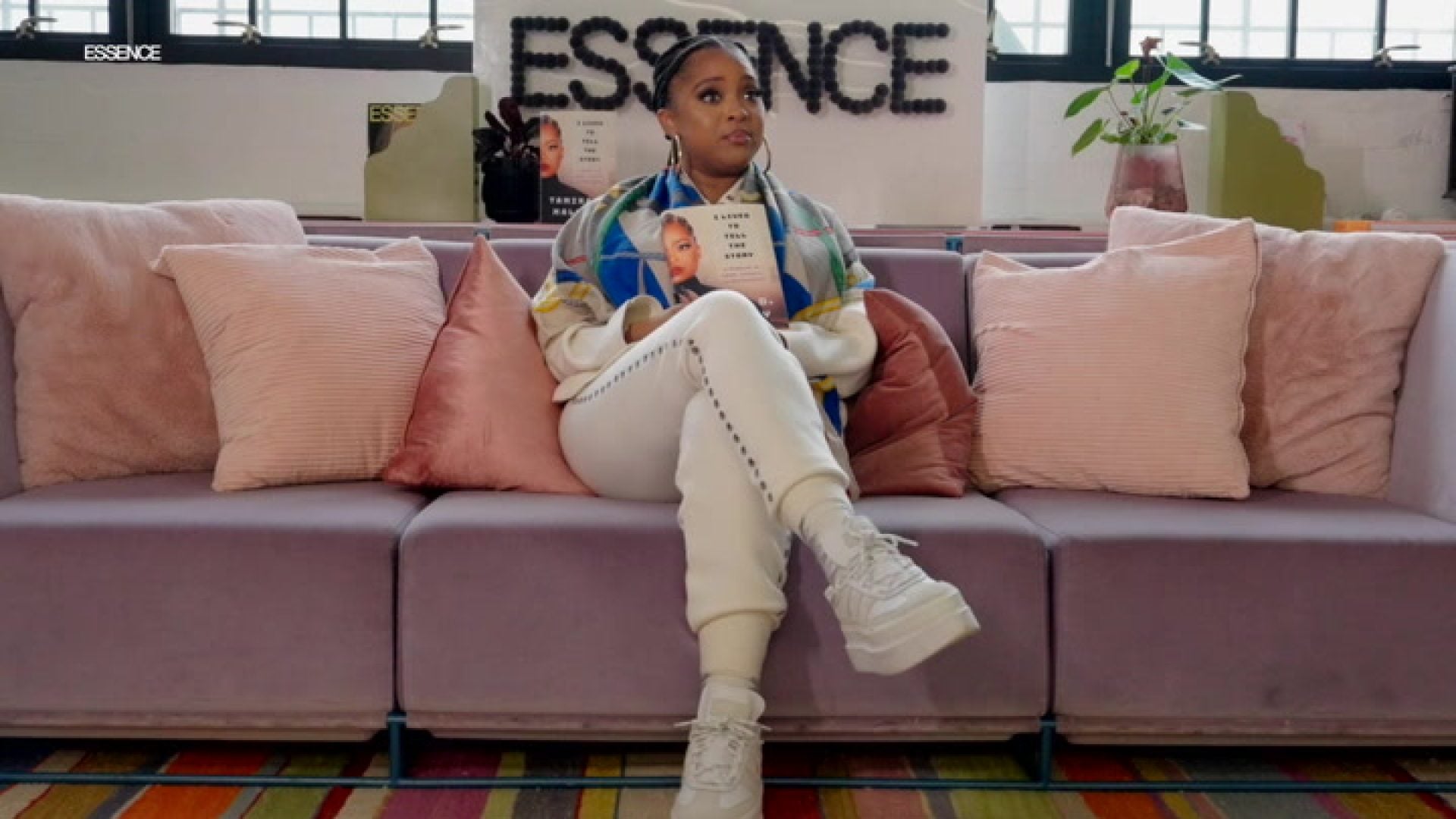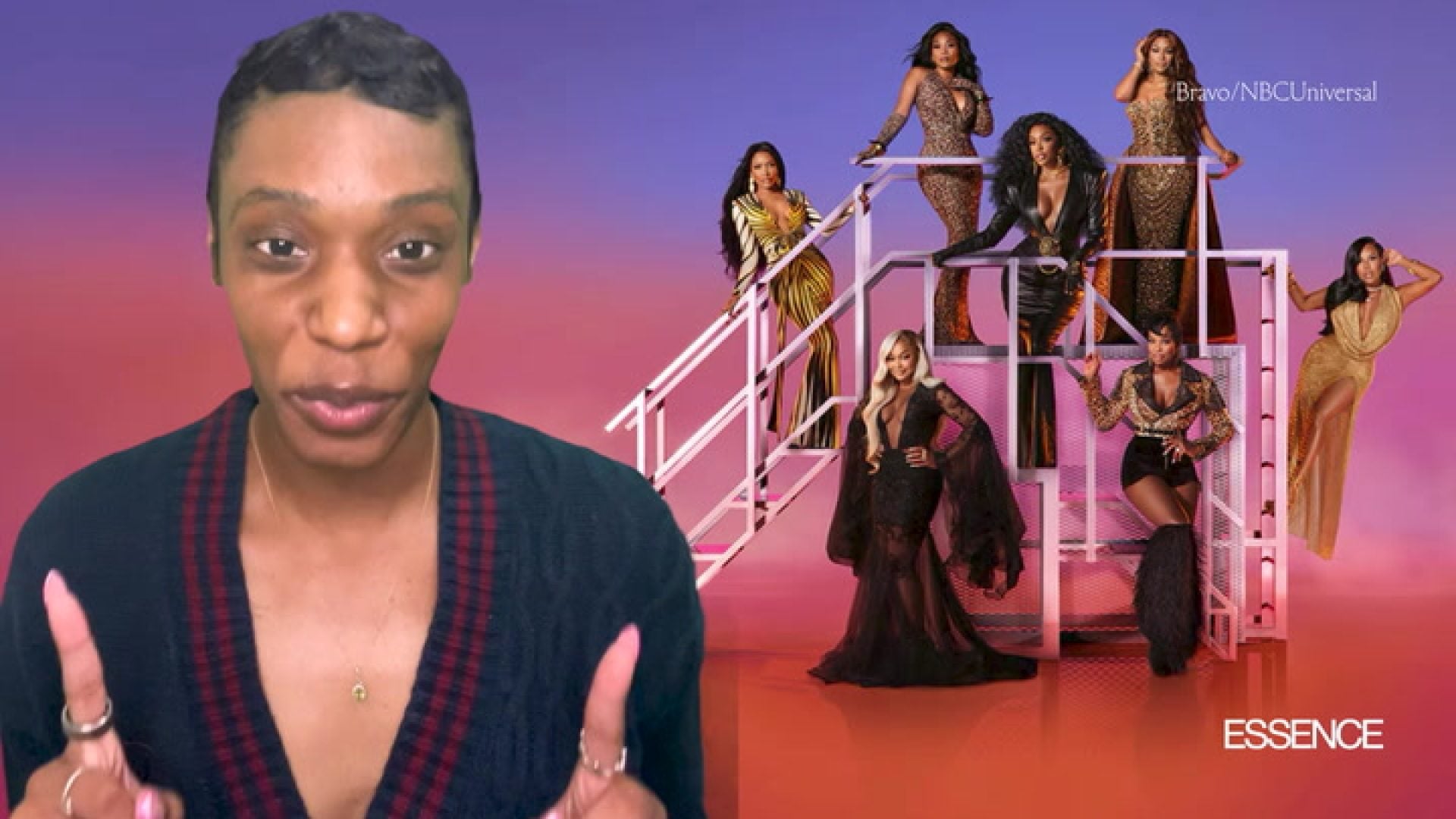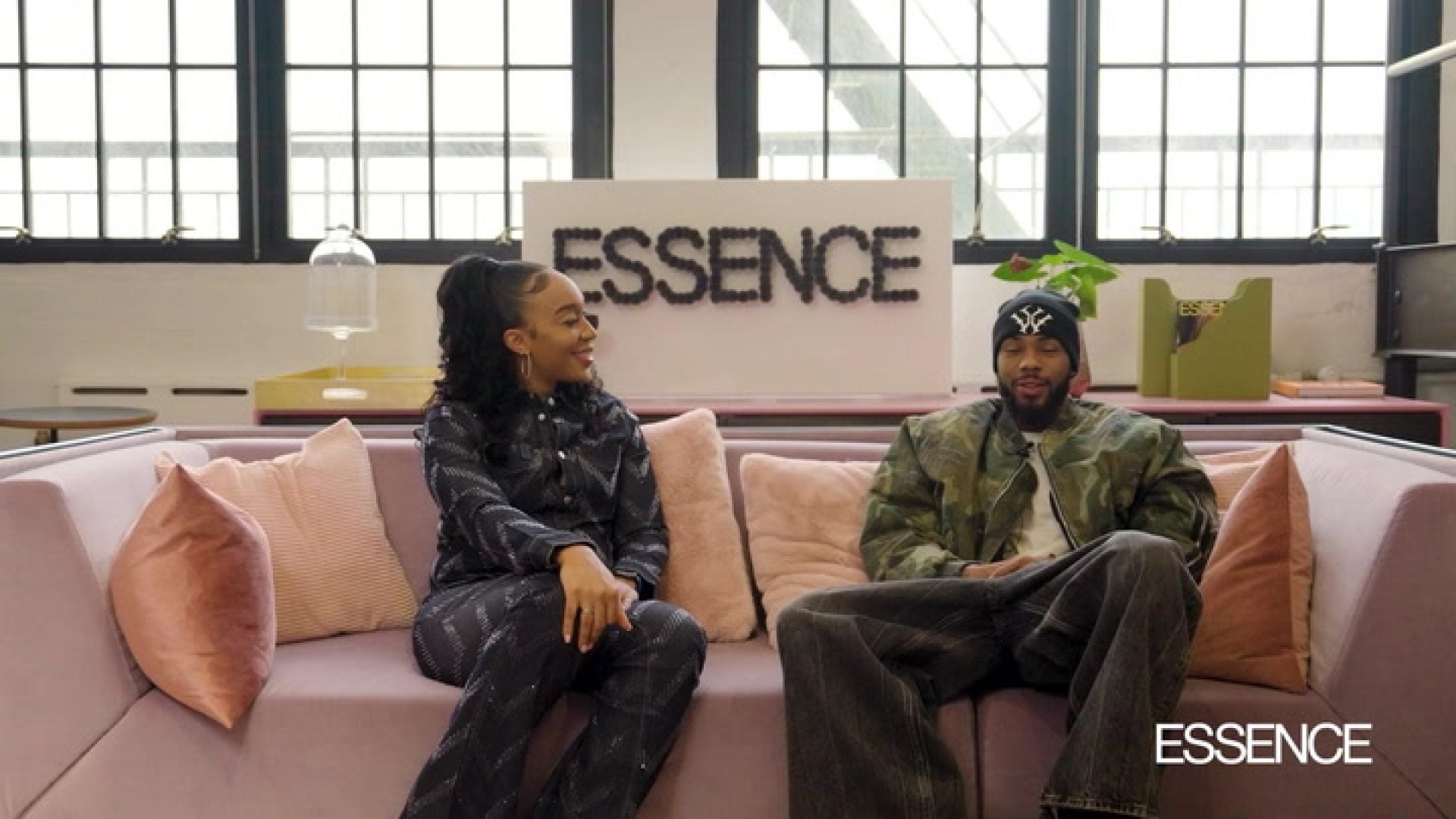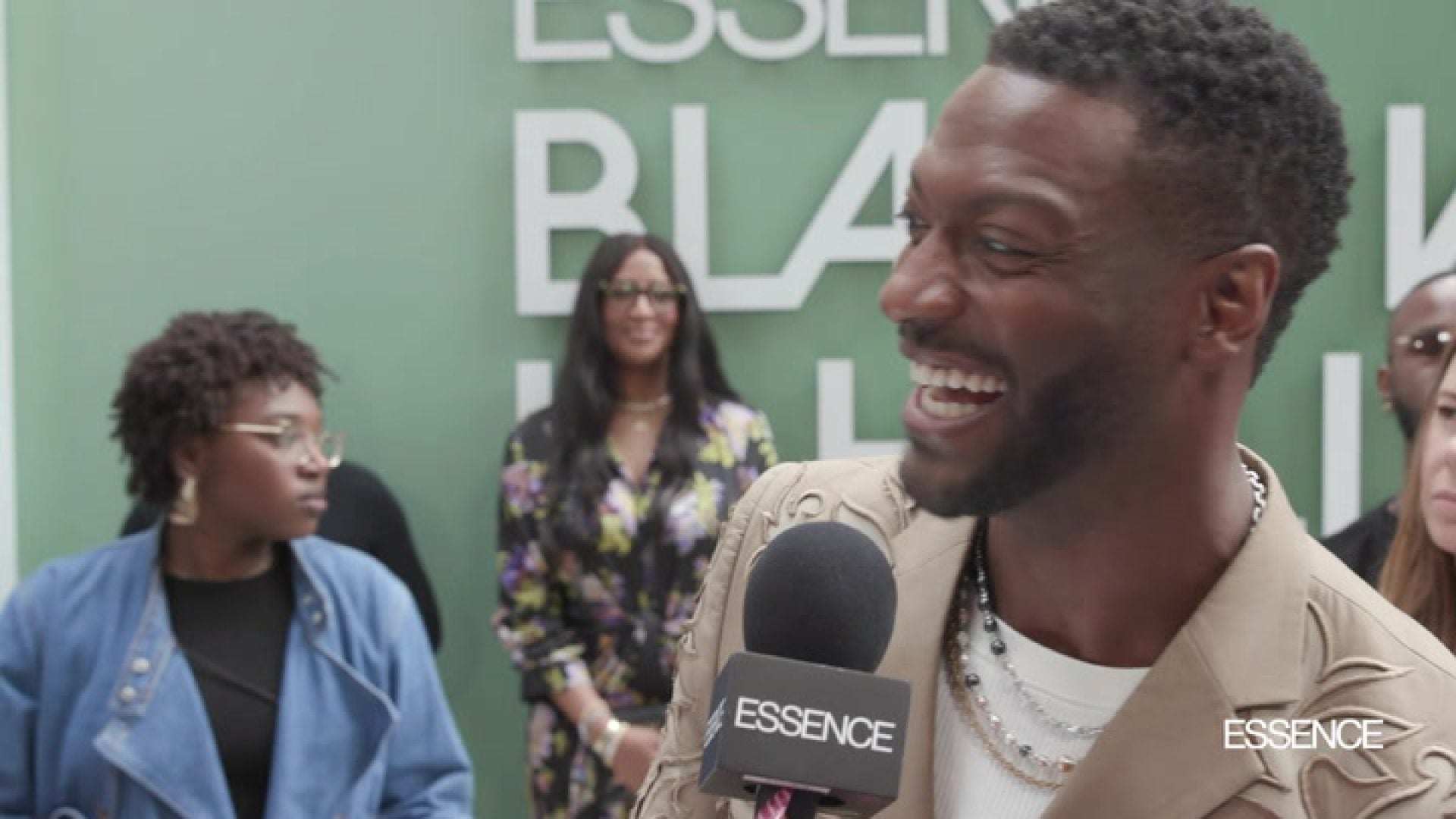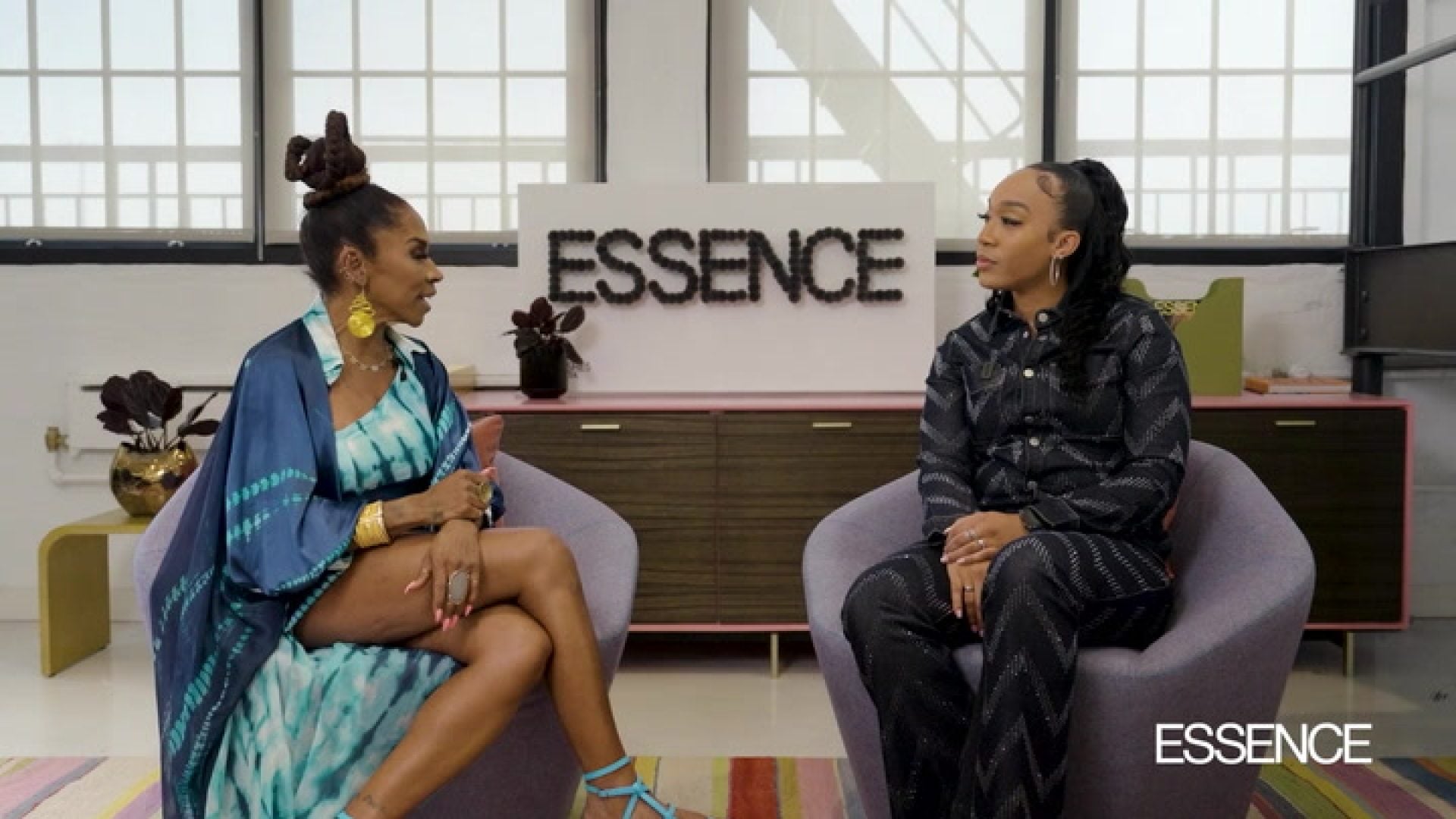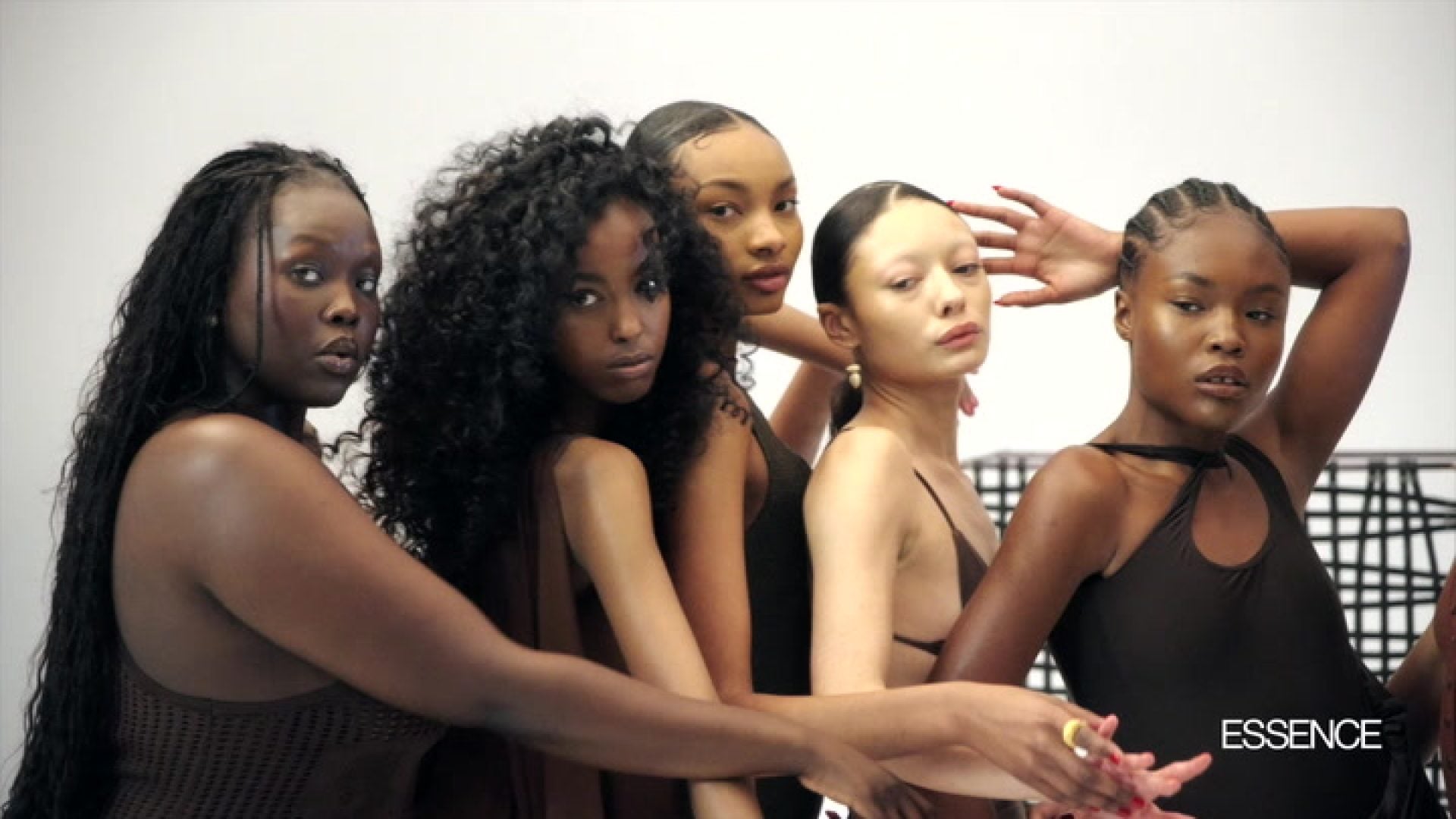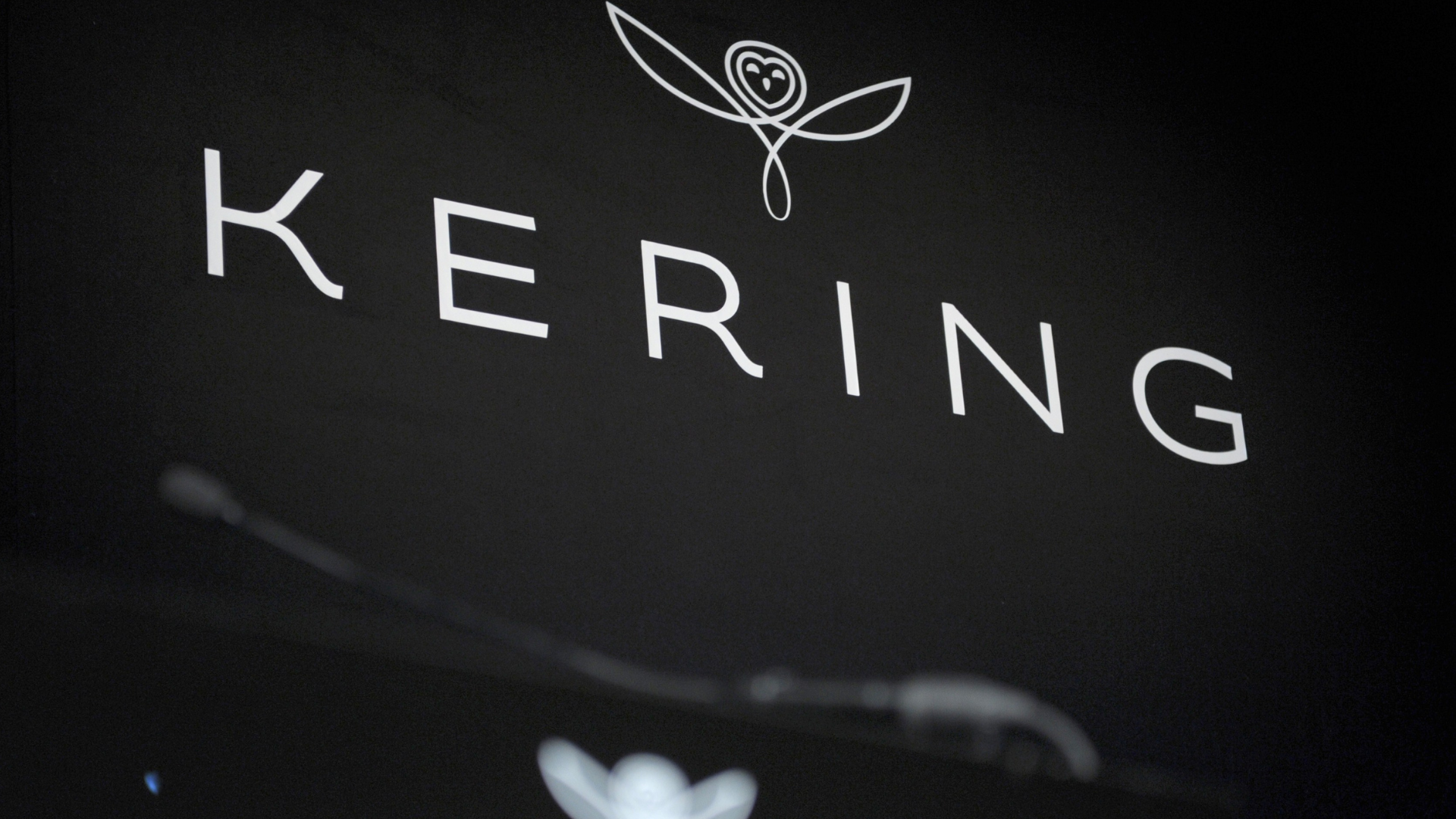
Last week, luxury fashion brand Alexander McQueen announced their appointment for their new creative director, Sean McGirr. Uproar ensued online, and fashion lovers immediately began expressing their thoughts on why this business move by the parent company behind Gucci, Bottega Veneta, and other household fashion companies felt racially coded and flat out wrong. However, what was lacking from the online discourse was a fleshed-out perspective noting that racism and the ideal that fashion will ever be as inclusive and diverse as some consumers dream it should be might never happen.
The reality is that all creative directors at Kering are white men–that includes Demna Gvasalia at Balenciaga, Anthony Vaccarello of Saint Laurent, and Bottega Veneta’s Matthieu Blazy. Sabato De Sarno recently helmed his first Gucci presentation at Paris Fashion Week following his announcement as creative director following the end of Alessandro Michele’s reign. This collage shared on Instagram by 1 Granary might leave a bitter taste in your mouth. But, it might not if you believe Kering opted to proceed with an attitude that could be described as “business as usual.”
A Stark Reality
Taking things a step further, it also appears as if the global fashion industry chooses to ignore Black fashion talent in its upper echelons. At the parent company LVMH, things are just as disappointing, out of the top 30 luxury brands in Vogue’s Business Index, eight women make up the 33 creative director roles. That includes the following: Maria Grazia Chiuri (Dior), Stella McCartney, Virginie Viard (Chanel), Miuccia Prada (Prada and Miu Miu), Nadège Vanhee-Cybulski (Hermès), Donatella Versace (Versace) and Sandra Choi of Jimmy Choo who sticks out as she is the sole women of color to hold a role amongst the 30 brands per Vogue Business.
Pharrell Williams and Maximillian Davis did break barriers at Louis Vuitton men’s and Ferragamo respectively. Aside from these two Black changemakers, Asian designer Nigo also currently helms LVMH’s Kenzo. The late Virgil Abloh was an infinitely large moment for Louis Vuitton–his appointment as menswear creative director was well-deserved–it was also iconic. Wales Bonner and Martine Rose were rumored to be possible contenders for this same top position at Louis Vuitton–neither of these talented women were appointed. Why? It’s much more than a pipeline issue.
Creative Downfalls
“Creative decision-making itself is a naturally subjective process,” Lucius Oglesby, brand image manager of North America at Ralph Lauren shares via email. “Which means the industry itself is not based on merit [instead it] helps those in power to maintain their status quo.” Even with these facts stated above, it might appear that those in power would feel the racial imbalance and question it. But, instead, they don’t and neither do many Black consumers when they continue supporting these brands.
Oglesby shared that the appointment of McGirr was not surprising. He also noted that historically white people have been in positions of creative decision-making at luxury brands. Additionally, he expresses that Black people are typically relegated to roles deeming them “figureheads” and “glorified spokespeople.” Oglesby goes on to add: “The carousel of ‘approved Black creative voices’ has always been going on,” he shared. He feels that when a company yearns to target a particular consumer they bring a Black person forward who they know won’t challenge the ingrained hierarchy of the company.
Structural Issues
The structural issues that persist for diverse designers also create a reality that just isn’t sustainable for many creatives. Some marginalized individuals cannot afford to attend fashion school or intern at houses for free or for unlivable wages. This lack of ability to chart out their own path means it takes years for them to pop and make noise. But, when they navigate adversity and manage to land in stores, some consumers who may feel compelled to support them, do not and instead opt to support major houses. “You question why Black women aren’t leading these luxury fashion houses you admire when those same women have brands of their own…and you do not buy the clothes,” Antoine Gregory wrote on X, founder of Black Fashion Fair.
“You need to buy the clothes. You need to support the brand,” he also wrote. Gregory’s platform and marketplace accelerate the success of Black brands such as House Of Aama, Theophilio, Pyer Moss, Johnny Nelson Jewelry, and others. Black Fashion Fair has hosted multiple events at Brooklyn Museum in collaboration with lauded brands like Fubu to encourage monetary support which is a core tenet of a thriving fashion brand. “Support Black fashion businesses with the same vigor you beg the white ones to let you into. The same way you buy and uplift them, do that for us,” Gregory noted on X.
Do Diversity Programs Help?
Diversity programs at conglomerates like Kering and LVMH have also sprung up in recent years. One in particular is Candace Stewart’s partnership with the former which was created in 2021 to address pipeline issues and disparities in the corporate fashion industry. She recently took to Instagram to express her disappointment with the industry-wide issues that are highly visible when appointments like Alexander McQueen’s become public. Her organization’s virtual mentorship recently announced its second initiative alongside Kering per WWD. Those who are accepted to join are paired with employees at Kering Americas–departments such as marketing, technology, and more are options for mentees (22 individuals will be accepted).
“When BIC joined forces with Kering, our intention was clear: we wanted to bring about change from within,” Stewart shared on Instagram. “I founded Black In Corporate because throughout my entire career in the fashion industry as a Black woman, I was surrounded by individuals and more specifically decision-makers that did not look like me.” Stewart, a social media strategist and consultant goes on to state that Kering acknowledged their “systemic barriers” and “racial biases” inside the industry.
“It is disheartening to see that in 2023, the industry as a whole, not just Kering, continues to reflect these disparities,” Stewart wrote. “I’m tired yet hopeful that with collective effort and a commitment to change, we can avoid repeatedly having this conversation.”
Some would argue that these systemic issues are never addressed due to gatekeeping. Often pipeline programs affect lower-tier departments. 2020 showed that some companies are no longer focusing on creating inclusive work environments or recruiting diverse talents. Instead, their calls for inclusion are no longer a part of their priorities. For instance, Kering reported that 38 percent of their executive board being made up of women in recent years has stemmed from mentoring programs–yet none of these individuals are people of color.
What Is The Answer?
As a whole, this is an industry-wide challenge, as much as consumers should be concerned, Kering and LVMH should also be privy to these conversations at even the granular level. At a consumer level, it’s harrowing that the status quo has become normalized. But, if anything this deems it appropriate for individuals to strictly support brands they would like to see thrive and succeed.
“The solution if there is one, is to develop a strong sense of personal connection to the luxury brands that you are a consumer of,” shared Oglesby. “[This] will allow you to choose brands that align with your personal values since these brands will very likely not make the radical changes required to achieve true diversity and inclusion.”
Instead of focusing on the gripes one has with the lack of Black men and women helming specific, popular houses, putting your money and support behind brands that you feel moved by may be the smartest bet. And, doing this on a regular basis would lead to the widespread success of the eponymous companies led by Wales Bonner, Martine Rose, and also Bianca Saunders.

